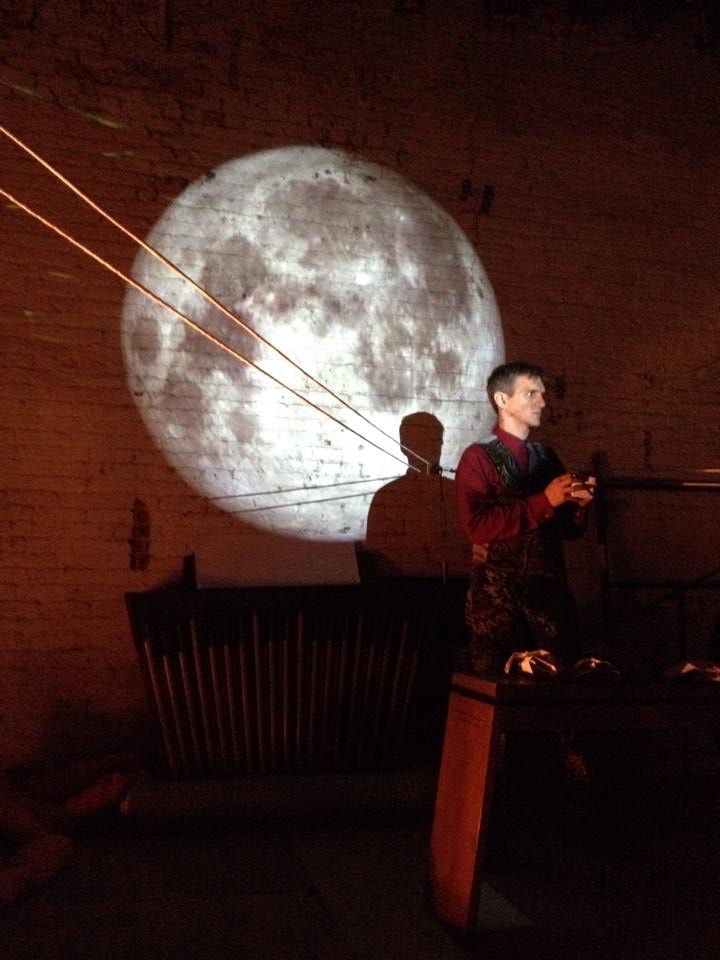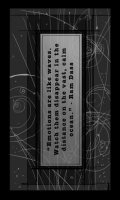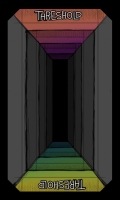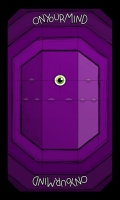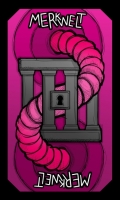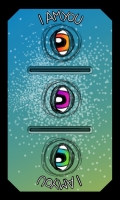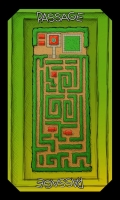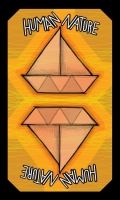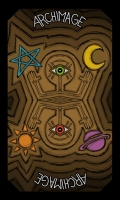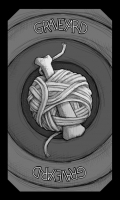This participatory durational performance, enhanced by interactive media, invites audiences to explore a collective altered state of consciousness. Drawing inspiration from rites of passage and initiation, the event unfolds within an exploratorium designed to shift perceptions of self, space-time, and reality.
The journey through the experience is crafted to evoke an altered state of consciousness, resembling a postmodern vision quest. Visitors engage in a series of happenings that guide them through an exploration of their inner landscapes. The goal is to foster a heightened sense of awareness and agency that participants can carry into their daily lives.
Upon arrival, visitors receive a lanyard with tickets granting access to eight private experiences, all within a central meditative performance. The tarot deck, designed by artist Thomas Aquinas Maguire, serves as the ticket to these transformative moments.
Entropy – the central meditative performance
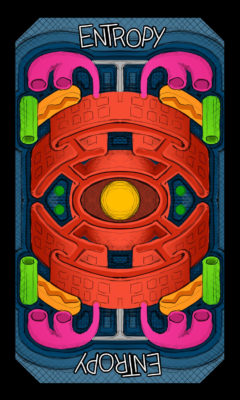
After entering the space, visitors are asked to travel blindfolded through a short maze. At the center of the maze is a meditative performance in an otherworldly landscape. The central performance lasts 4.5 hours. Visitors are invited to stay as long as they wish, but can only visit each private experience once.
I created a projection system that allowed a large image of the moon to travel the periphery of the space, using a clock motor, mirror and a video from the NASA archives. The video was a visualization of the moons phases for the year of the performance. It took one hour for the moon to complete a revolution of the room.
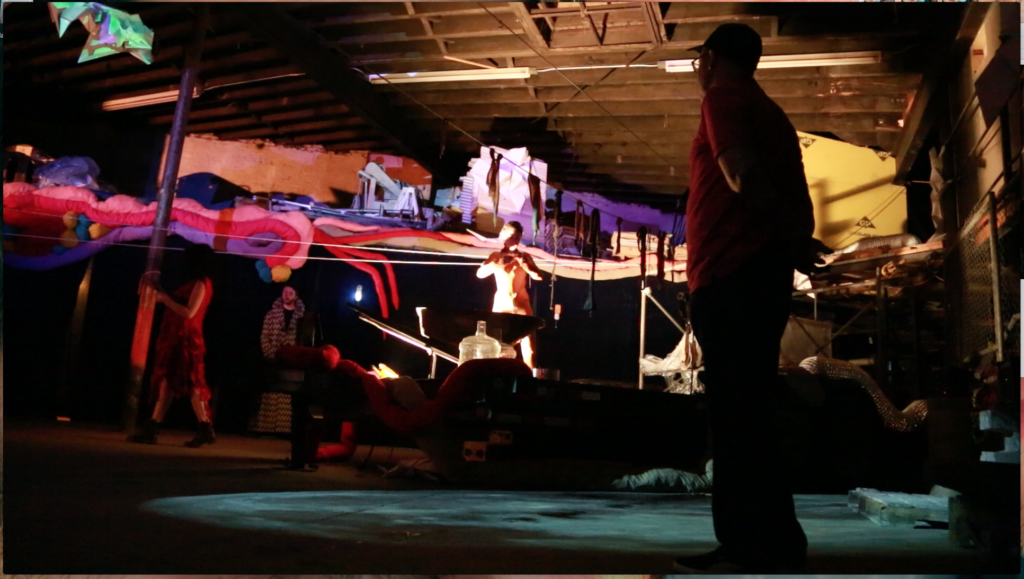
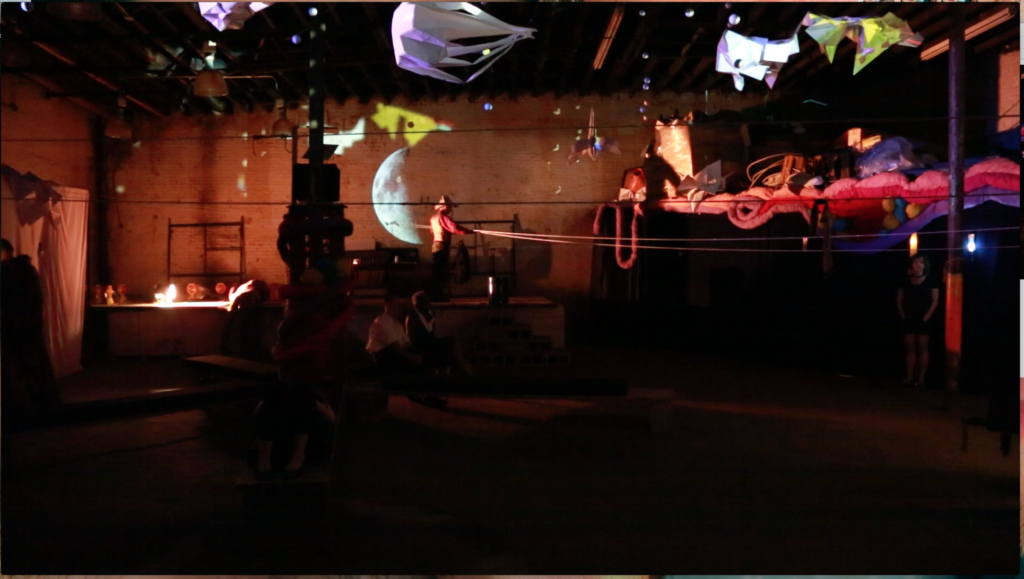
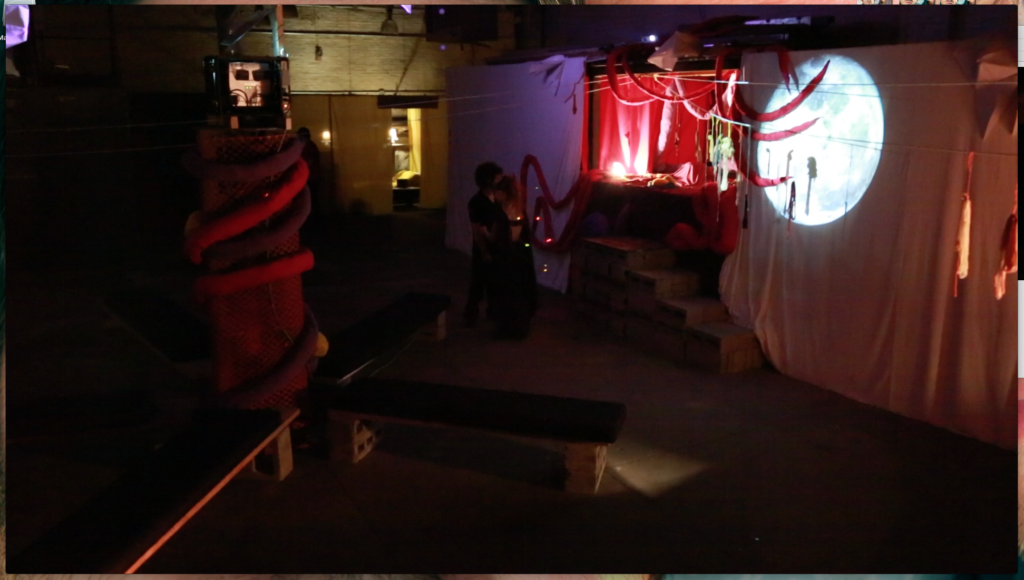
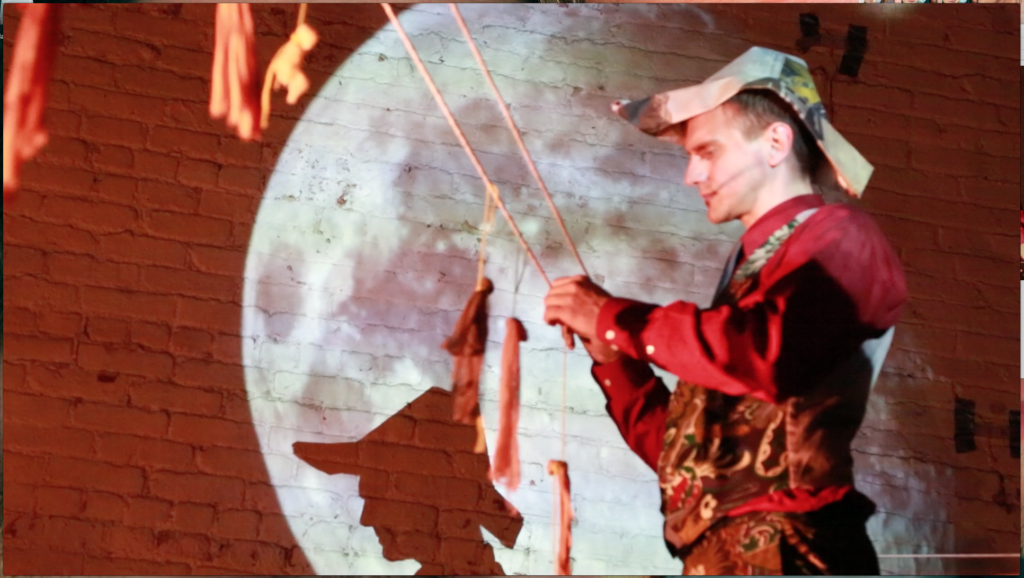
On Your Mind – station
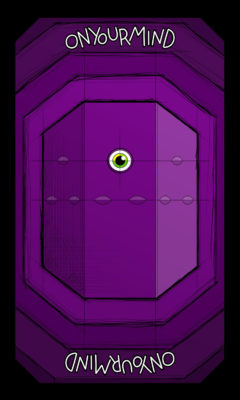
A private soundscape for two individuals.
In this station people were asked to imitate the sounds of a man and woman emoting (laughing, weeping, and feeling contentment). They were told that they did not have to feel the emotions, but only imitate them. This sought to engage the Self-Perception Theory, developed by psychologist Daryl Bem, encouraging participants to induce attitudes without accessing internal cognition and mood. #4 Changes in emotional expression as well as in some instances, #3 Fear of loss of control.
The heads were designed using Autodesk 123D Design and 123D Make, free software. The 3D CAD model of the 3-faced Head was output as PDF documents and cut out of cardboard on a Epilog Fusion M2 laser cutter at ResistorNYC. I inserted acoustic foam into the spaces in the frame and covered the head with two layers of papier-mâché and gesso to help to contain sound. After testing a very rudimentary prototype (a foam cylinder) with volunteers, I decided that it would be necessary to add a duct for air to the top of the head. This was a 4” diameter air tube with a basic fan at the far end. A future iteration of this head will have further papier-mâché to cover thin areas; an additional ring of acoustic foam inside the bottom of the helmet to further prevent sound from escaping around the neckline; and a tube of acoustic foam to be wrapped around 8-12” of the air duct close to the head. I feel that it is important that this station is experienced in a room with another person whom visitors are close enough to sense, but not hear. Perhaps a future iteration would have the two heads facing each other, but separated by a panel of clear Plexiglas, so that there is a sense of safe separation, but participants are confronted visually with one another upon completing the task.
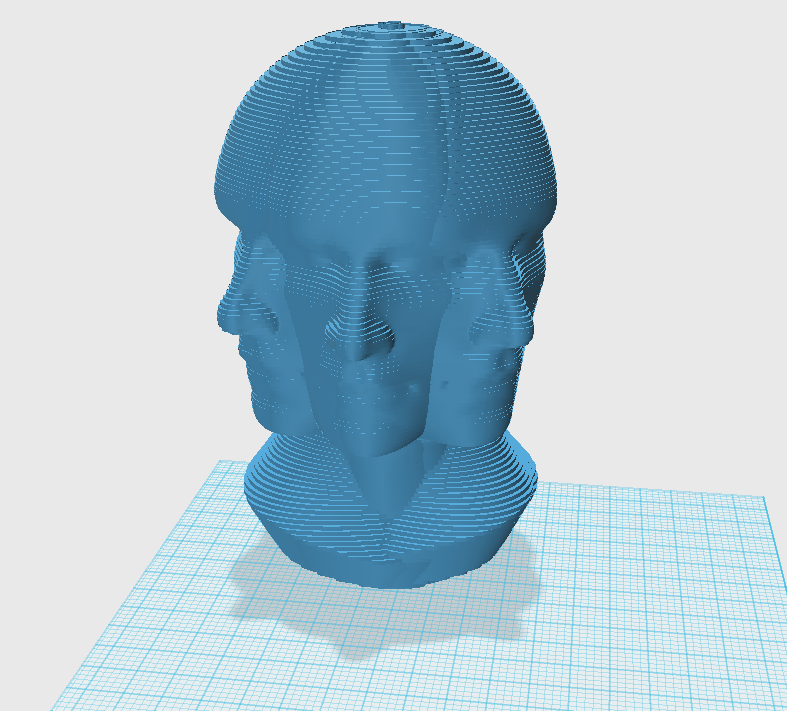
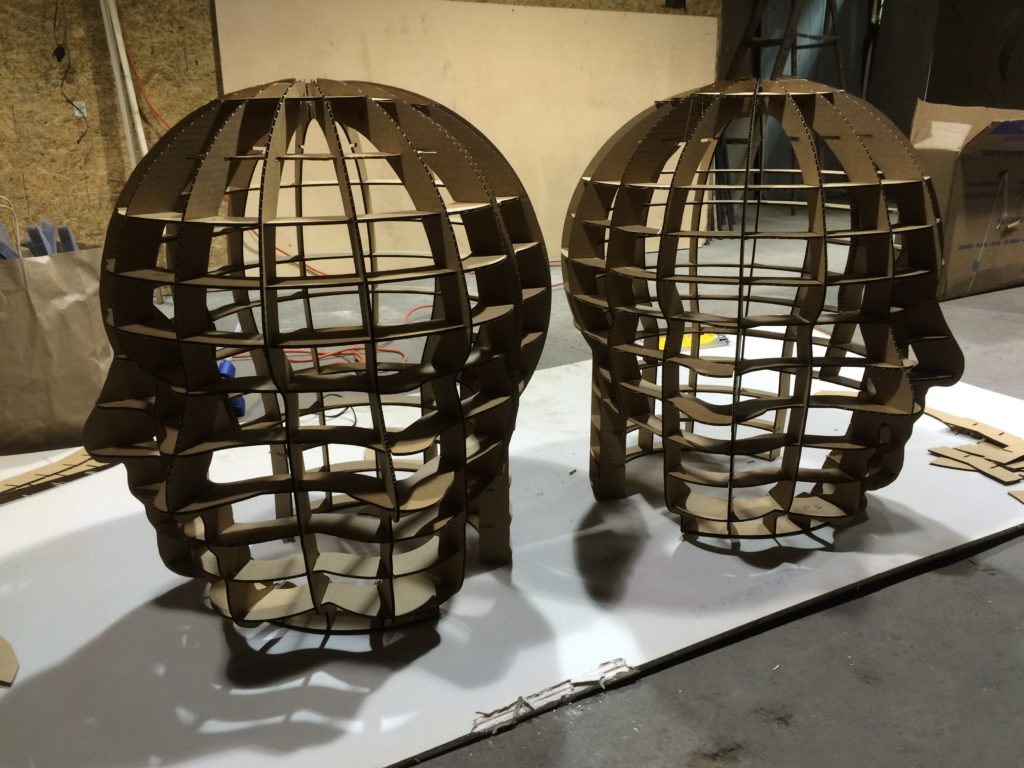
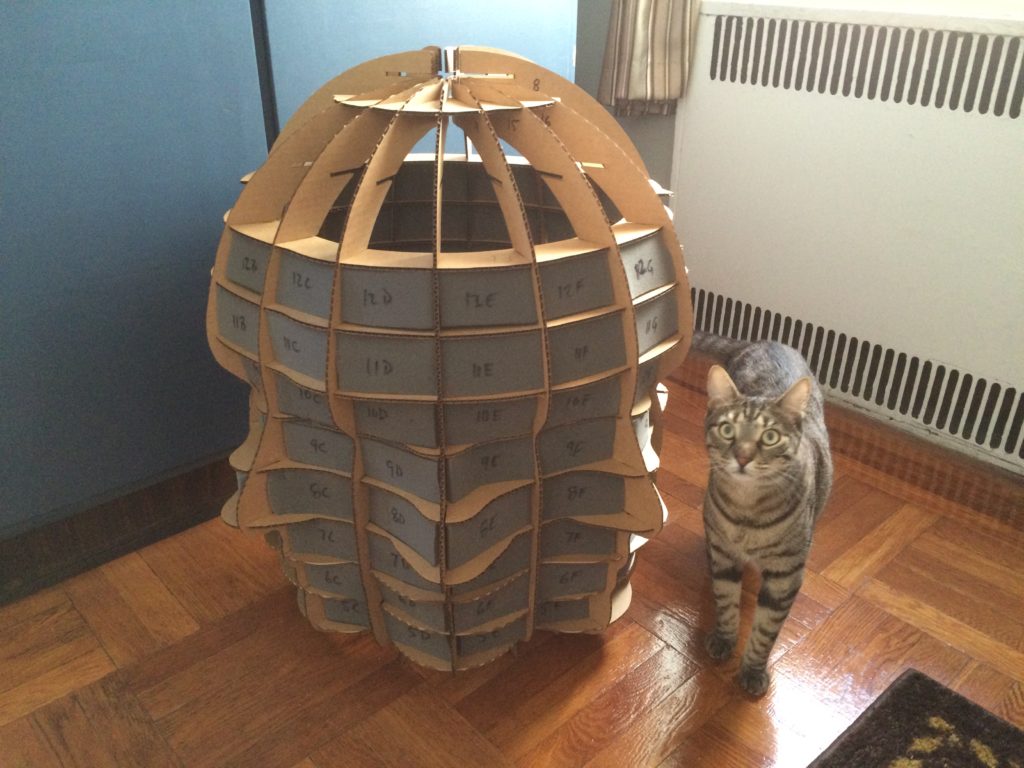
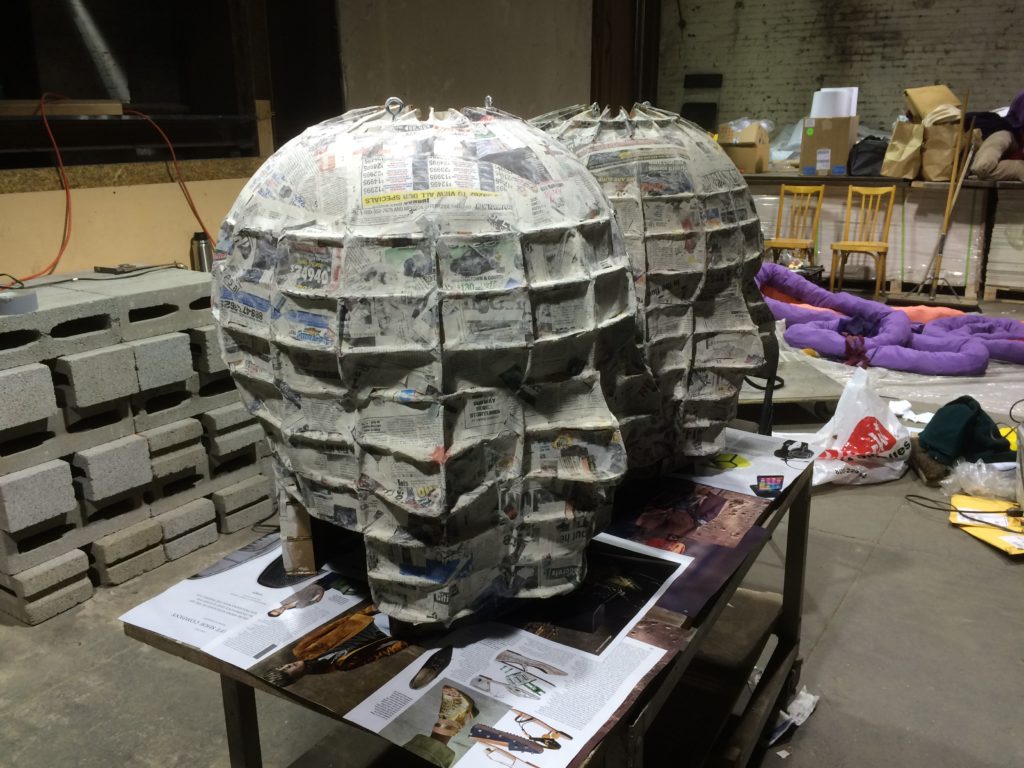
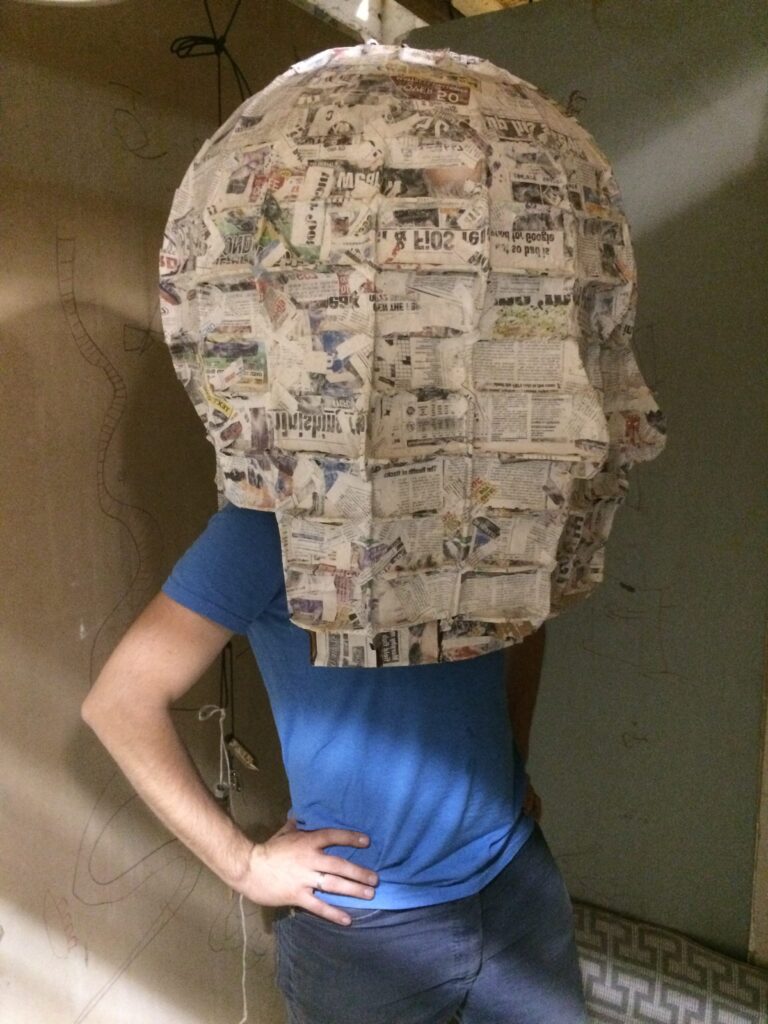
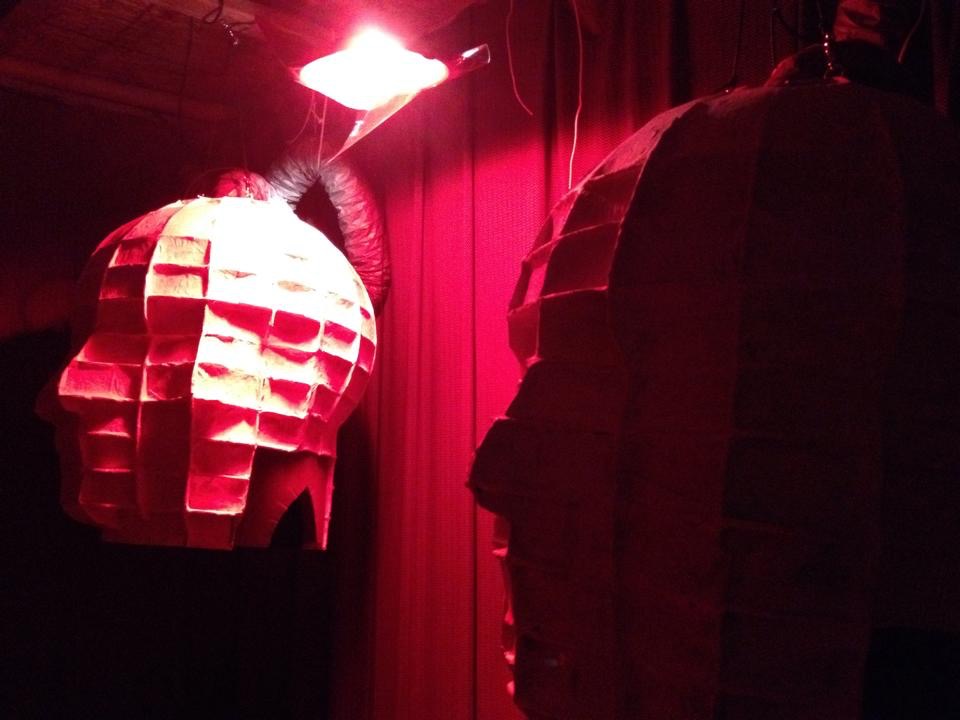
The Merkwelt – station

Merkwelt is a German term meaning “way of viewing the world” or “peculiar individual consciousness.” It describes a creature’s capacity to perceive, process information, and create meaning from its surroundings.
In this station, an audience member enters a small room and comes face-to-face with an intelligent creature confined in a cage too small for its body. The Merkwelt engages its visitor in a discussion about mundane daily activities, prompting reflections on free will, the human condition, and social ideology. The station incorporates several elements of an altered state to deepen the visitor’s own consciousness, including fear of loss of control, changes in meaning or significance, and experiencing the ineffable.
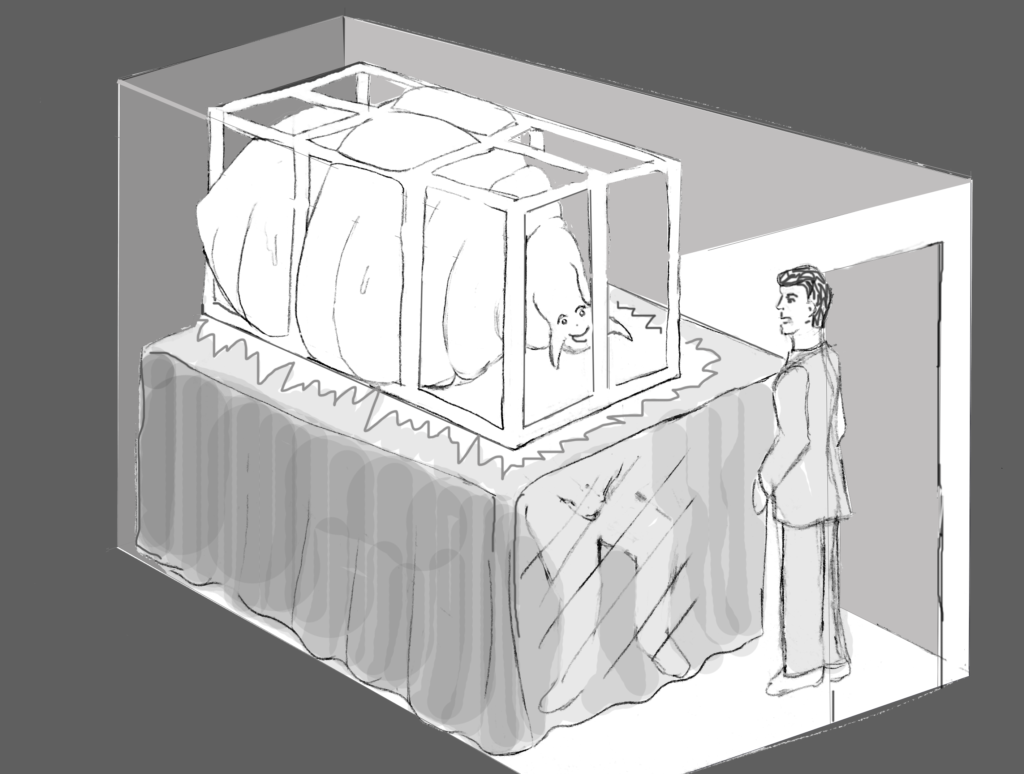
“A few people were aggressive—questioning what I was. One guy even refused to give me water. I used the water bit when I wanted to introduce some fun, but that guy was just a pretentious asshole about everything. He was the only one, though. Most conversations revolved around uncertainty, curiosity, fulfillment, and people’s relationships with others.
Often, I shared my own feelings through the Merkwelt’s circumstances—saying things like, ‘I’m not sure what my beliefs are…,’ ‘How can you say what you believe?,’ ‘Is it still true once it’s been stated?,’ and ‘How can you outrun that phenomenon and be honest all the time?’
The greatest satisfaction came from helping people genuinely reflect on their own feelings and place in life. The experience made me feel that people are mostly good. I don’t often have experiences like that.”
— Eric Magnus, performer, Merkwelt
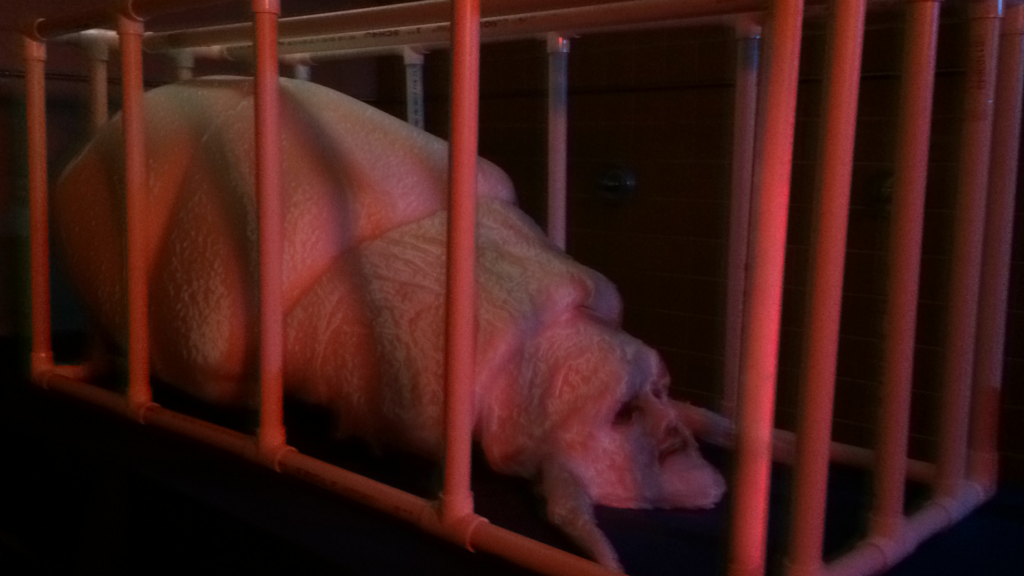
The Passage – station
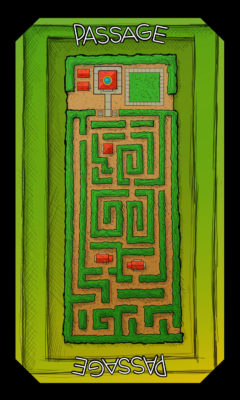
The passage is a miniature landscape through which visitors are invited to enter alone, to walk, stand, sit or lie down upon. There is no set path or designated place to step. In fact, it contains obstacles that can be trampled or destroyed if visitors are not careful. The experience is designed to create a shift in scale perception—evoking the sensation of being giant compared to our world—and to elicit feelings of changes in body image.
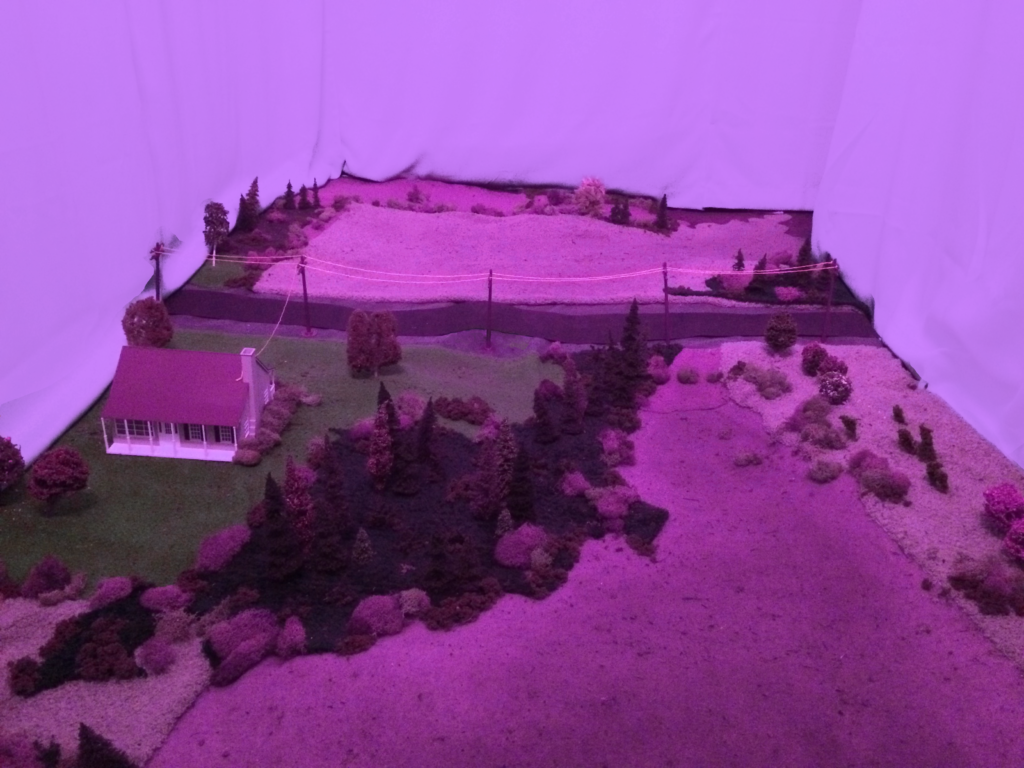
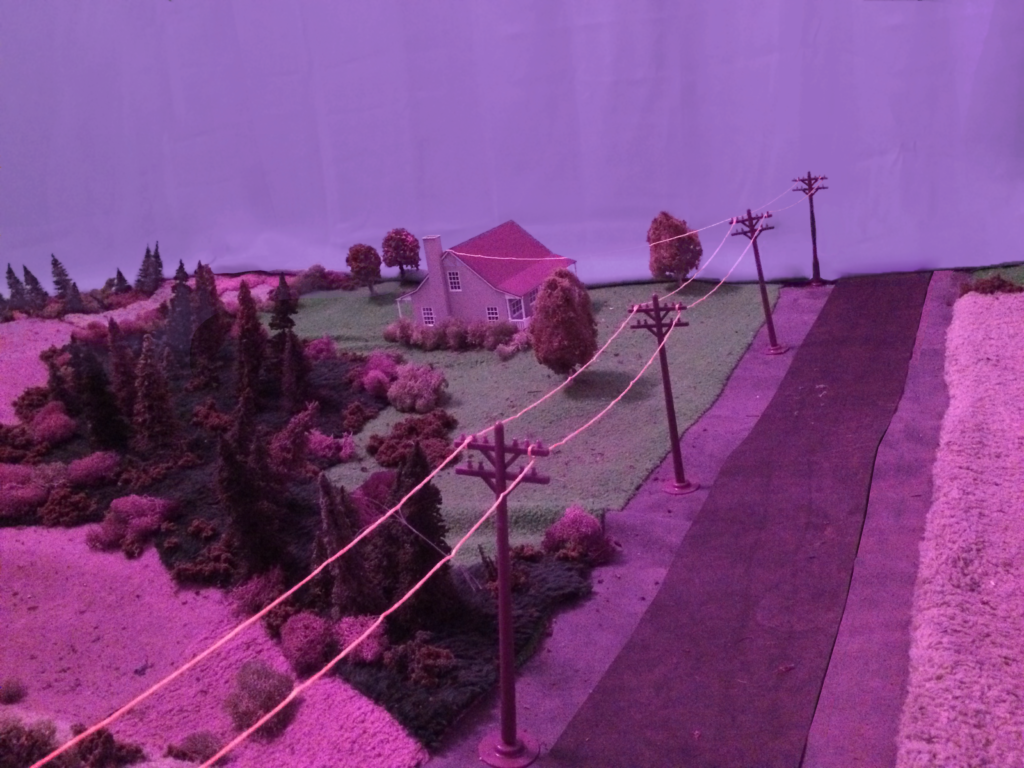
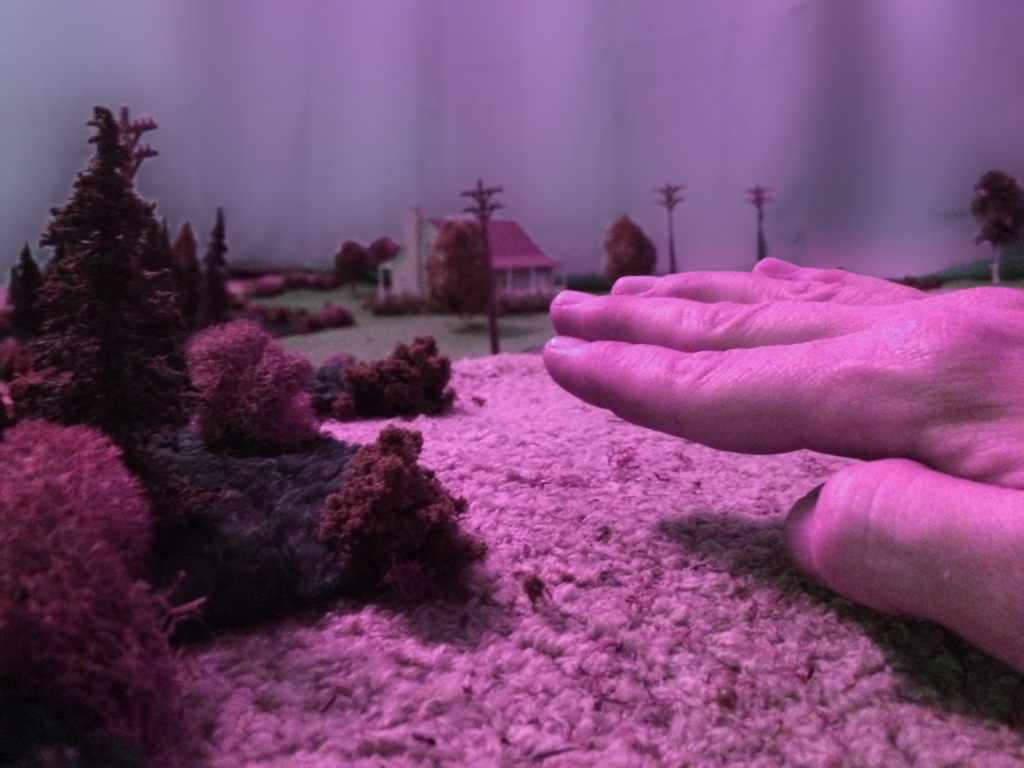
Collaborating Artists
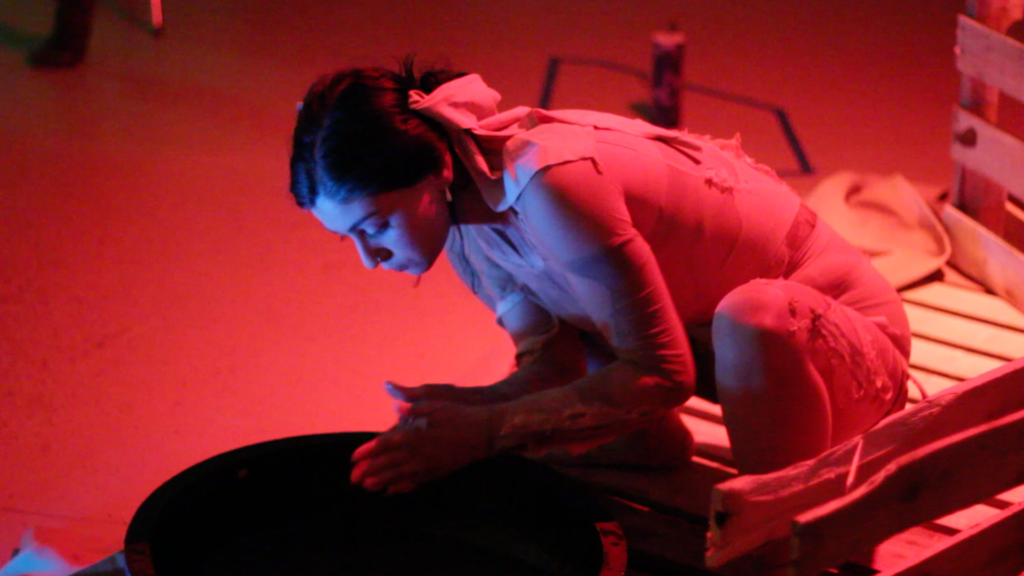
Patrícia Faolli is an interdisciplinary artist originally from São Paolo, Brazil and part of the international performance art group Ajuntamento Meninas João.
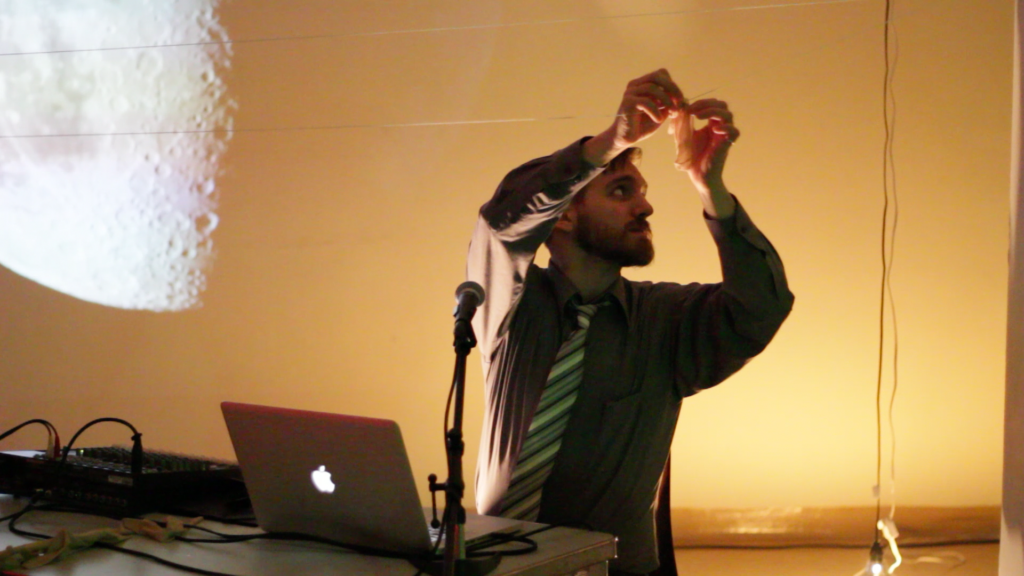
Jason Schuler is an actor director and interdisciplinary artist.
He is the Artistic Director of the award-winning Operating Theater Company.
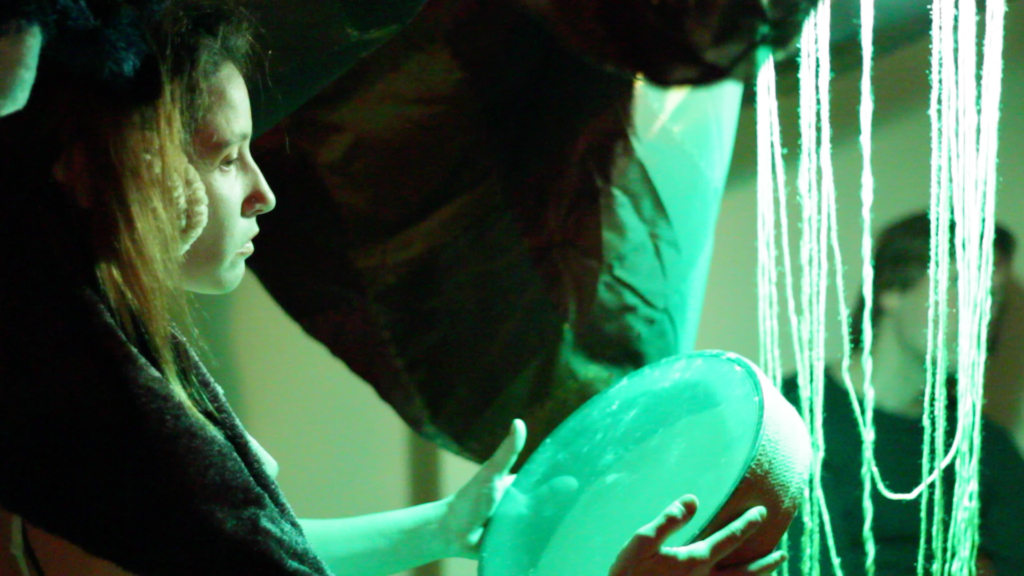
Magali Wilensky is visual artist and sound therapist originally from Buenos Aires, Argentina. She is a co-owner of the Ome-chaye, art and wellness center in Miami Florida.
Click here for more about THE Untitled Consciousness Project
The artists all received their Masters of Fine Arts from Performance and Interactive Media Arts (PIMA) program at Brooklyn College: a cutting-edge graduate program in collaborative, experimental, multidisciplinary performing arts production, that brings together experienced professional artists from a wide range of backgrounds to collaboratively create performance that draws upon and hybridizes theater, performance art, dance, music, puppetry and new forms. Artists in the program share an interest in digital media and technology.
